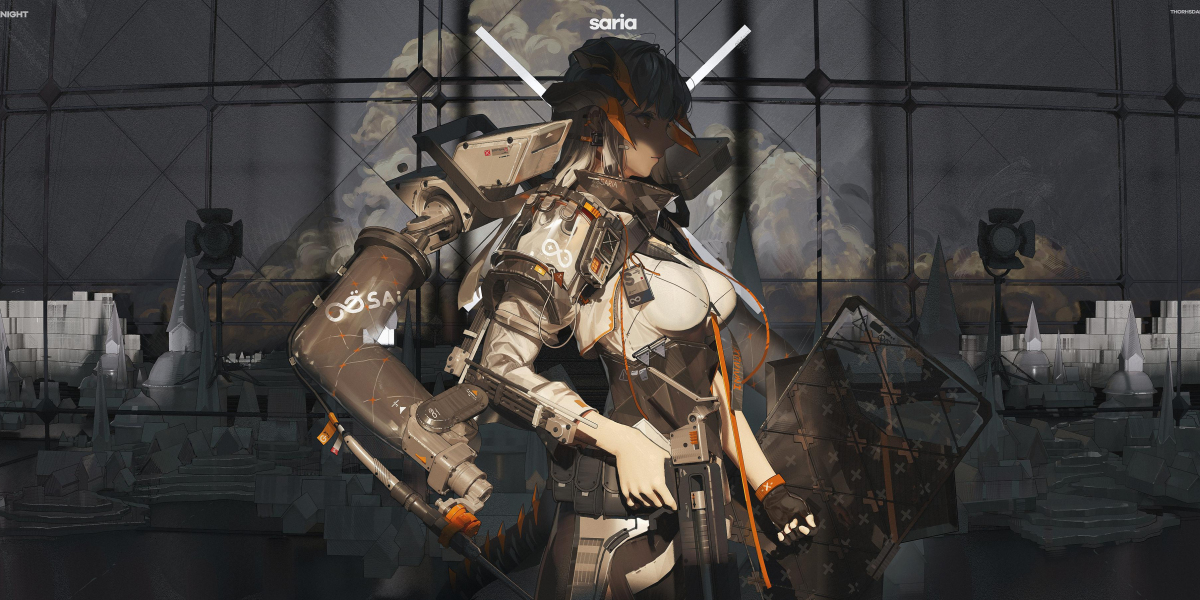Unlock the Secrets of Stunning Studio Lighting for Jaw-Dropping Photography!
Studio lighting is a critical aspect of photography that can dramatically transform your images. The right lighting can add depth, mood, and emotional impact, turning an ordinary photograph into a breathtaking work of art. However, many photographers face challenges when it comes to mastering studio lighting—whether it's achieving the perfect balance of light and shadow or understanding how different light sources interact. This article aims to demystify studio light photography by providing techniques and tips that will help you elevate your photography skills. Whether you're a beginner or looking to enhance your existing knowledge, this guide is designed to help you unlock the secrets of stunning studio lighting.
Understanding the Basics of Studio Lighting
To master studio lighting, it's essential to understand some fundamental concepts. First, let's talk about light quality—specifically, the difference between soft light and hard light. Soft light, which is diffused and gentle, creates soft shadows and tends to be more flattering for portraits. In contrast, hard light produces sharp shadows and is often used for dramatic effects. Another critical component is the color temperature of your lights, measured in Kelvin (K). Warmer lights, around 3000K, create a cozy atmosphere, while cooler lights, around 6000K, offer a more clinical, daylight feel. Various lighting setups, such as key light, fill light, and background light, play a vital role in achieving a balanced composition. Understanding these basics will set the groundwork for your studio lighting journey.
Essential Studio Lighting Equipment
Having the right equipment is essential for effective studio lighting. The most common types of lights used are continuous lights and strobes. Continuous lights provide a constant source of illumination, making it easy to see how your lighting affects your scene in real-time. Strobes, on the other hand, emit brief bursts of light and are powerful tools for freezing motion or achieving high-speed photography. Along with lights, light modifiers like softboxes, umbrellas, and reflectors are crucial for controlling the quality of light. Softboxes diffuse the light, reducing harsh shadows, while umbrellas can either reflect or diffuse light depending on their configuration. Don’t forget about backdrops; they can enhance the overall aesthetic of your photos and help in managing light spill. Understanding how each piece of equipment works will empower you to create beautiful and professional-looking images.
Techniques for Effective Studio Lighting
Once you have a grasp of the basics and the essential equipment, it’s time to explore various lighting techniques. One of the most popular setups is the three-point lighting system, which involves a key light, fill light, and backlight. The key light serves as the main source of illumination, while the fill light softens shadows created by the key light. The backlight adds depth by separating the subject from the background. Additionally, using reflectors can greatly enhance your lighting setup by bouncing light back onto your subject, filling in shadows without introducing another light source. Intentional shadow creation is another technique that can dramatically change the mood of your image. For instance, positioning your light at a low angle can create long, dramatic shadows that add intrigue to your composition. Experimenting with these techniques is essential to finding your unique style and creating visually striking photographs.
Common Mistakes to Avoid in Studio Lighting
Even seasoned photographers can fall into pitfalls when it comes to studio lighting. One common mistake is improper positioning of lights, which can lead to unflattering shadows or uneven lighting. It’s essential to experiment with angles and distances to find the most flattering setup for your subject. Incorrect exposure settings can also diminish your work—always ensure your camera settings match your lighting conditions. Finally, neglecting the background can detract from your subject; always consider how your background interacts with your lighting. Simple adjustments, like using a backdrop that contrasts your subject, can elevate your image significantly. By being aware of these pitfalls and actively working to avoid them, you'll enhance your overall photography skills.
Mastering Studio Lighting Techniques
Mastering studio lighting techniques is an essential skill for any photographer looking to elevate their craft. By understanding the basics of light, utilizing essential equipment, exploring various techniques, and avoiding common mistakes, you can unlock the full potential of your photography. Remember, practice makes perfect; don’t hesitate to experiment with different lighting setups and styles. With time and experience, you'll find your unique voice in the world of photography, creating stunning images that captivate your audience.








